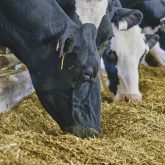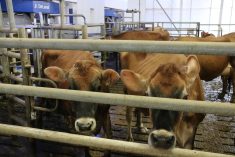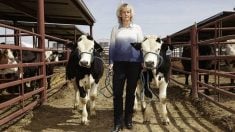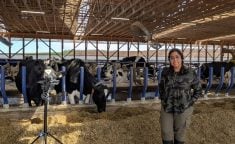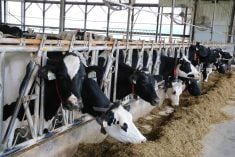Dairy farmers have given their cows 50 to 60 days off each lactation, but research suggests that a shorter period could make sense – for farmers and the cows.
Barry Bradford, a dairy management and nutrition professor at Michigan State University, says that in some circumstances, cows will perform well down to 40 to 50 days of dry period.
More important, says Bradford, is the days of gestation. Cows that carry a calf to full term can handle a shorter dry period, but cows that calve early with a short dry period can have significant challenges performing up to the levels of the colleagues in the herd.
Read Also
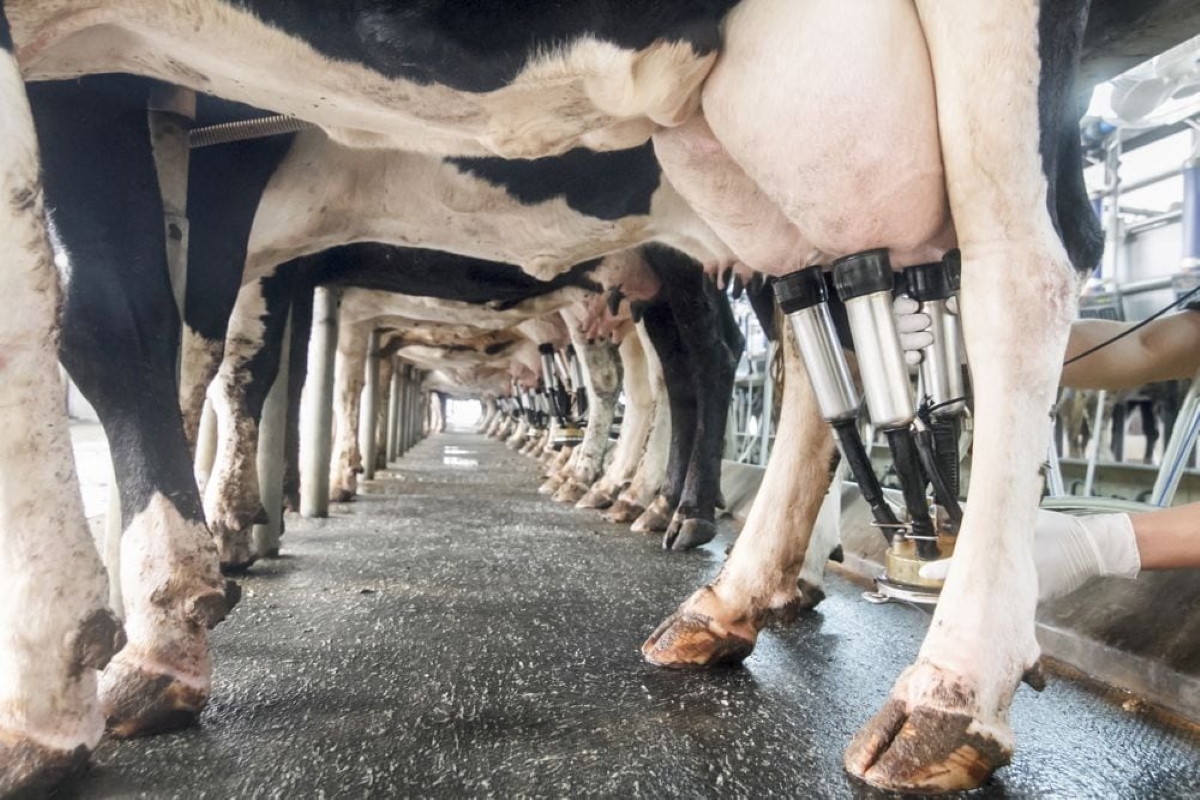
Farm gate milk price to rise in 2026
The Canadian Dairy Commission will raise its farm gate milk price by 2.3255 per cent in February, the Crown corporation announced on Friday.
Cows are given a dry period for the involution process to take place in the udder, preparing her for the next lactation. Researchers who have not given cows any dry period have found that the cow’s milk volume in the next lactation is significantly affected.
Physiological change requiring different nutrition in the last four weeks of gestation also mean that it makes sense to separate cows to feed them differently in that period.
At the Western Canadian Dairy Seminar recently in Red Deer, Alta., a poll of the audience during Bradford’s presentation said that 80 per cent of the farmers continue to use a 50 to 60 day dry period.
Cows calving early and the problems that causes, hasn’t been factored into many previous studies.
Bradford’s doctoral student, Katie Meyer looked at about 900 cows over 16 herds in the United States and found that problems were mostly with short gestation cows, now short dry periods.
Cows with short gestations, around 270 days, were 34 per cent more likely to be removed from the herd in the first 60 days of lactation compared to longer gestation cows, who carried the calf on average 277 days or more.
An earlier human birth also isn’t optimal.
“It’s usually not a good sign that things are all hunky dory, right,” said Bradford.
“In our data set, we really found very few reasons to be concerned about the short dry period length, if we accounted for short gestations.”
There were no effects from short dry periods on milk production, although fat production supressed.
There are several reasons why cows can have short gestations, including the fact that they are being selected for calving ease, cows with twins calve five days earlier on average, heat stress can cause early calving and cows that have inflammation, which indicated greater stress, can calve earlier.
Bradford says the research also highlighted the challenges with long dry period cows that had an average gestation – cows more likely to be fat. In fact, some research suggests that a short dry period or no dry period could help over-conditioned cows avoid metabolic diseases.
Cows that are producing at a high level going into their dry period could also use a longer dry period, says Bradford.
Farmers should be able to target dry period of 45 to 50 days, says Bradford, and not worry about it. He says cows are calving earlier and many farm management programs default lactation length to 283 days, when most cows are calving by 277 days.





